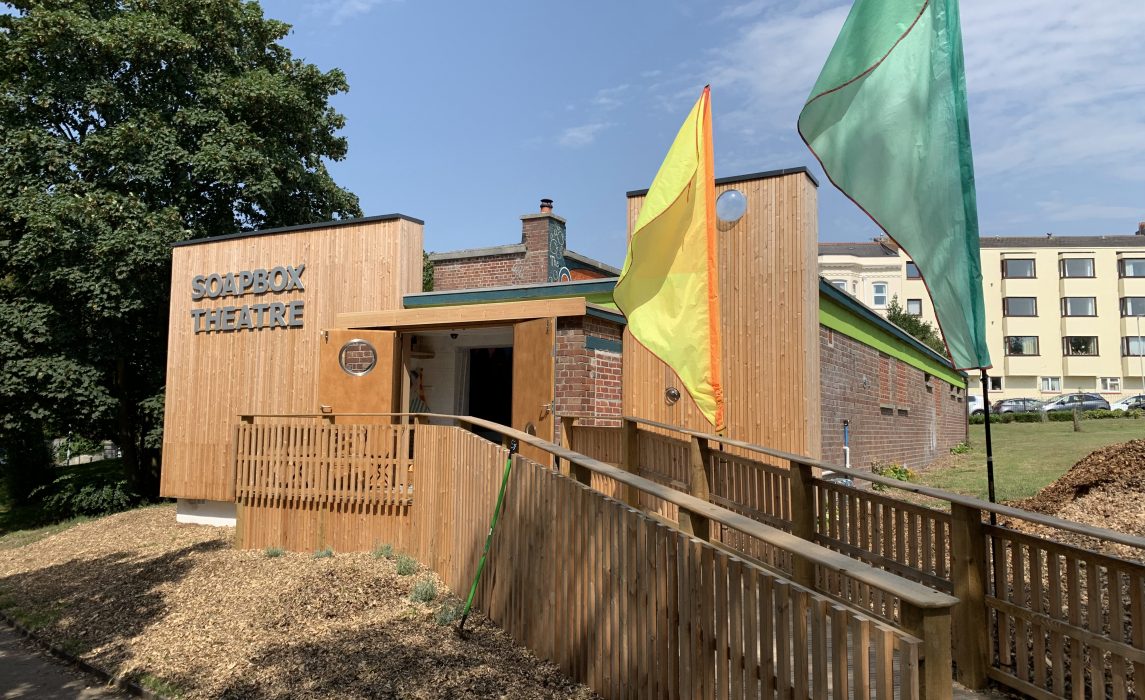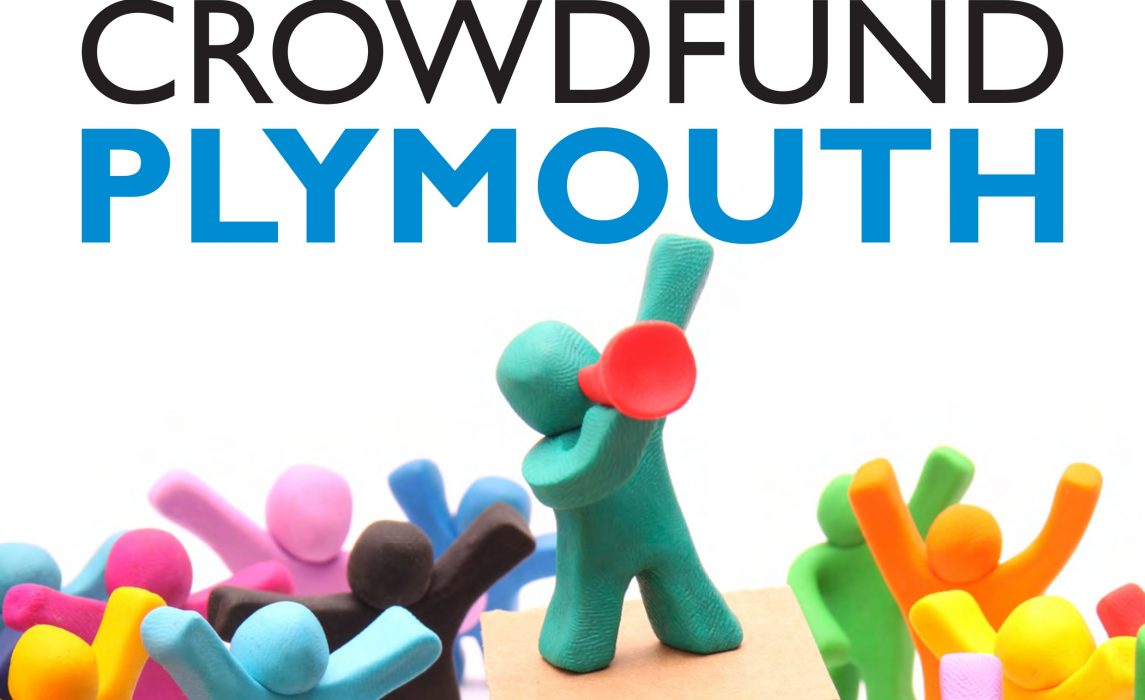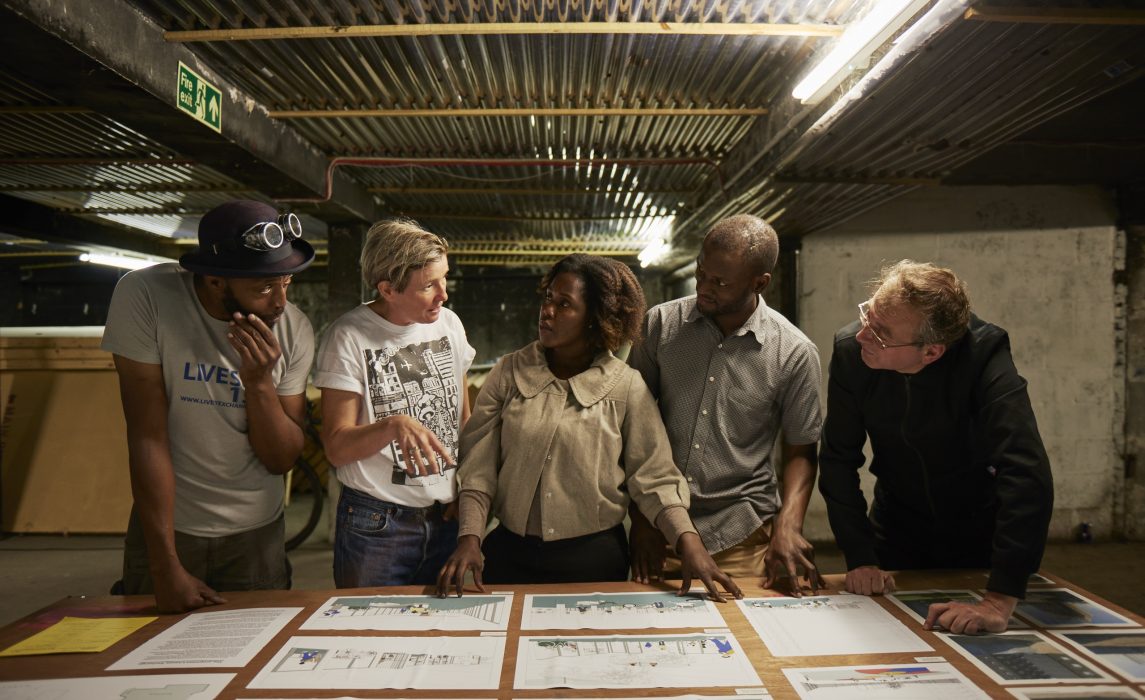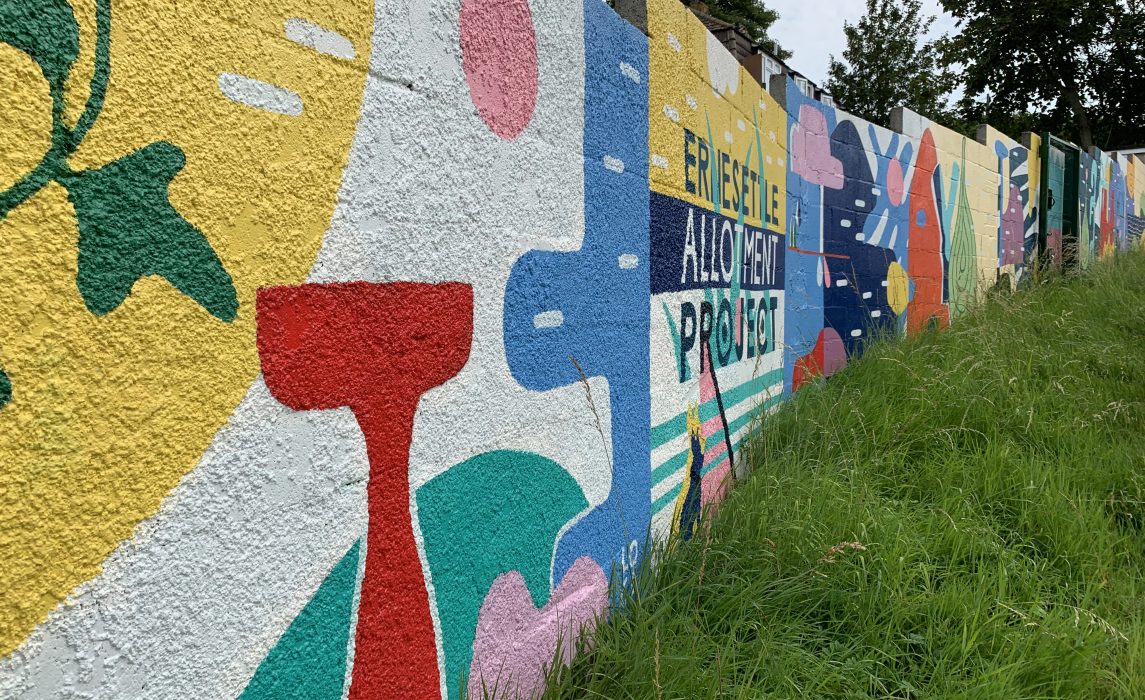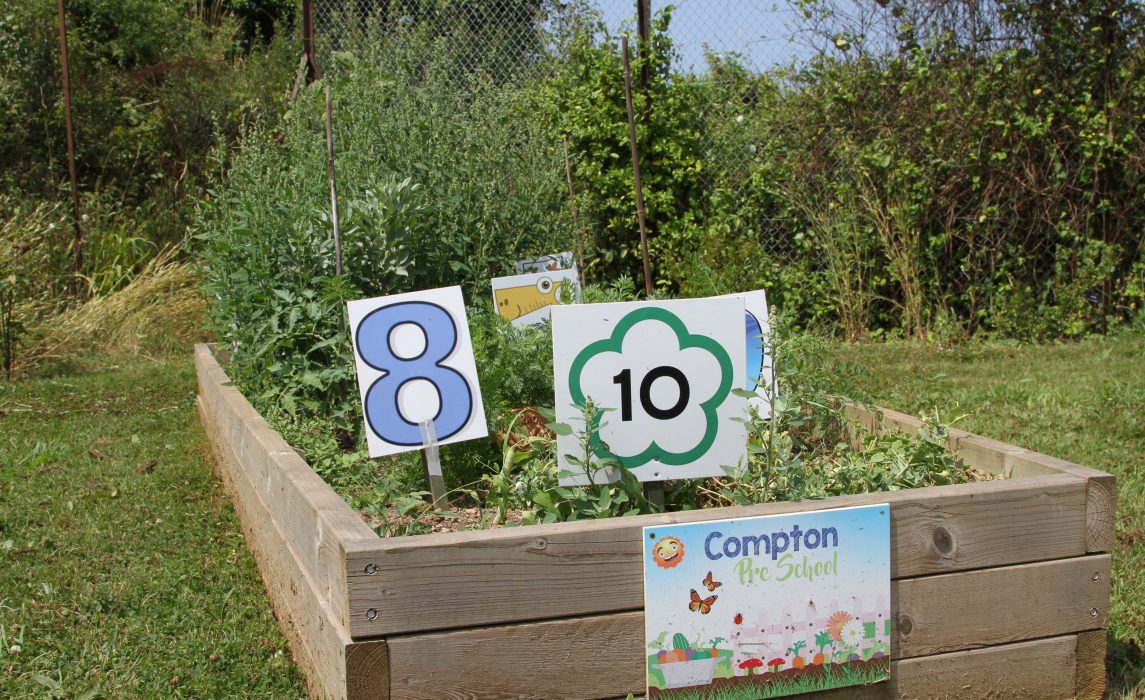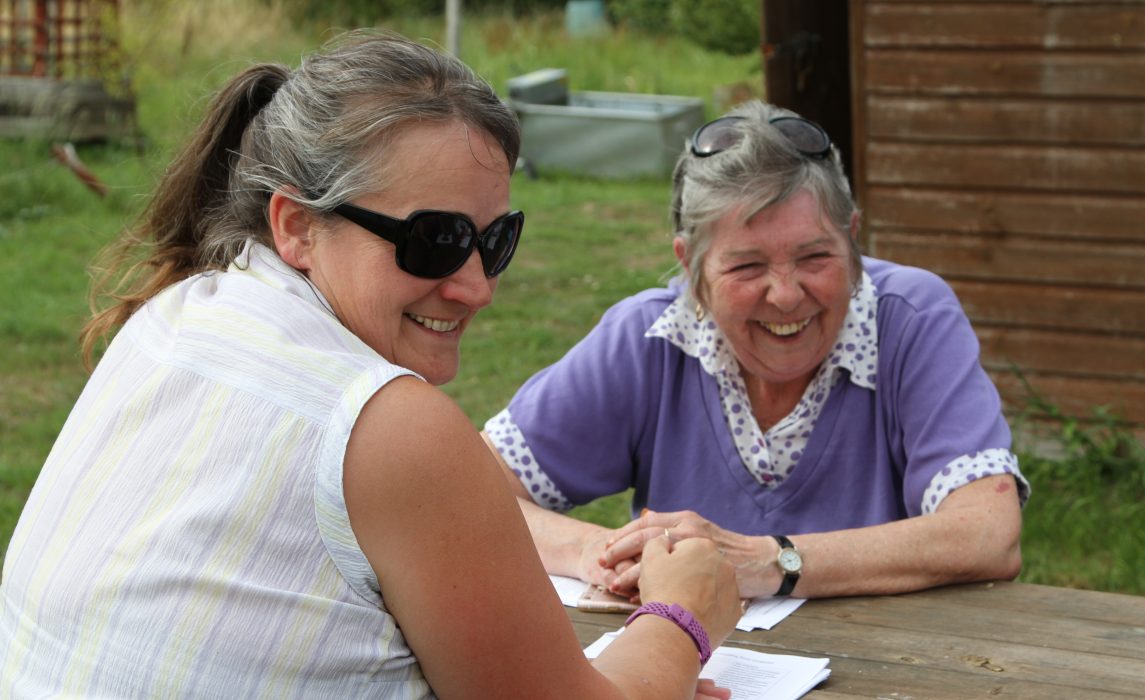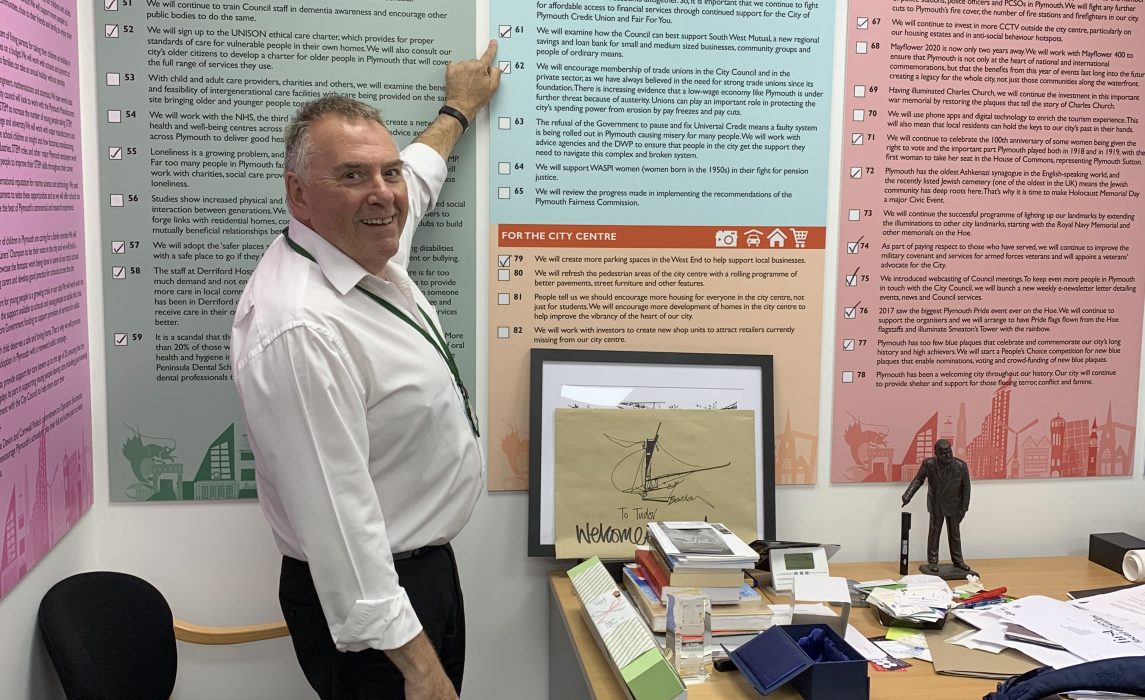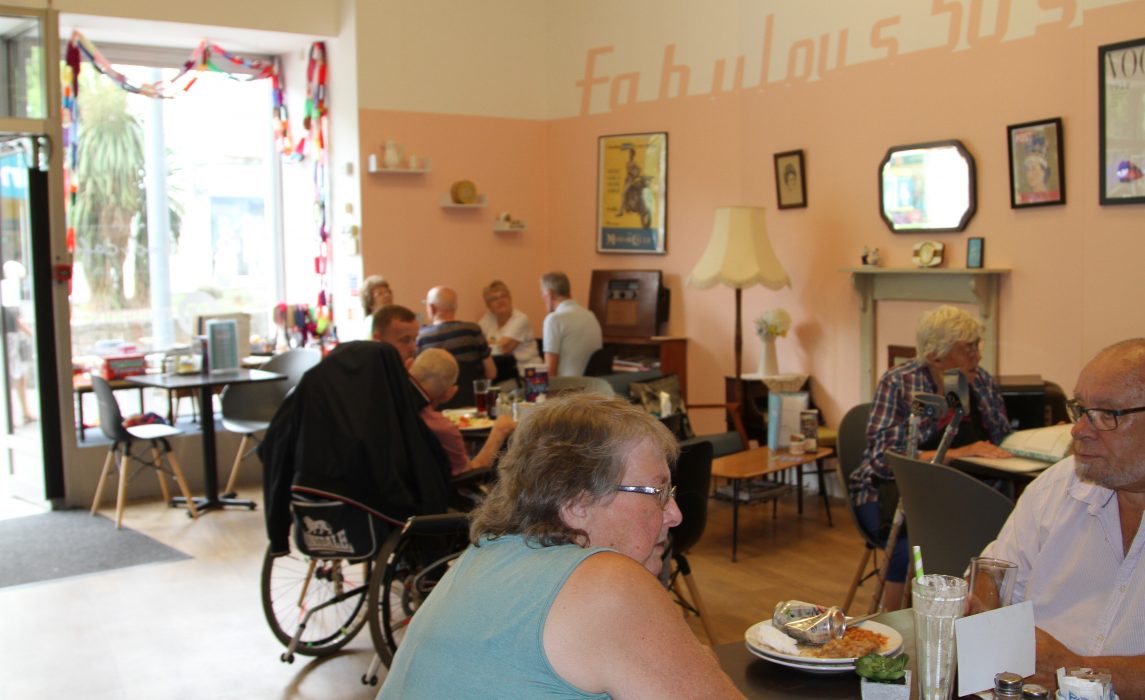Your download is ready. Click here to download.
About the Program
Crowdfunding is a widely used method for organizations and individuals to raise money from other community members. Recently, city governments have begun using crowdfunding initiatives to distribute funds and empower residents to develop solutions for public problems.
Organizations or individuals propose a project or idea to improve the city by creating a page on a crowdfunding web platform, including a project description and fundraising goal. Other community members can make a pledge toward the goal. The city government then matches the pledge if the project or initiative meets certain criteria. Funds are collected only if a project reaches its fundraising target.
Crowdfunding is an effective and efficient way of engaging the community. It can also increase transparency, reduce bureaucracy, and foster community-led projects. Cities of any size can use this method and modify it depending on their resources, needs, and goals.
Background
Plymouth, United Kingdom, adopted the crowdfunding model in 2015 to more efficiently distribute funds from its Community Infrastructure Levy, which is collected from developers and includes a portion designated for community projects. The city partnered with Crowdfunder UK to create an online platform where local organizations can propose projects that improve their neighborhoods and residents can pledge support for promising ideas. If a project provides a benefit to the community and receives public support, the city matches contributions.
As of October 2019, community members, together with the city, had funded 82 projects through a process that is transparent and easy for community groups to use. The city has distributed more than £400,000 through the crowdfunding initiative. For every £1 spent by the city, residents have donated more than £2.6, for more than £1 million in additional support for communities.
London, United Kingdom, uses a similarly structured crowdfunding initiative to increase community engagement and regenerate neighborhoods. The city offers design and planning advice, brokers relationships with stakeholders, and pledges up to £50,000 for initiatives that receive community support. As of October 2019, the city had backed 118 successful campaigns with £2.1 million, enabling a total of £4.8 million in funding for community projects.
While these two cities adopted the same mechanism to engage residents, their use of the crowdfunding platform varies significantly, as do the sizes and budgets of their cities. They both demonstrate what cities can accomplish when they use crowdfunding to draw on the passion, expertise, and talents of residents.
How it Works
Though there are many ways that city governments can implement a crowdfunding initiative, they are most successful when they include the following steps:
- Identify the challenge that the crowdfunding initiative will address, such as a process that needs to be improved or a concrete problem, like disinvestment in neighborhoods or the need to increase sustainability.
- Determine available funds to match community donations. Budget staff time and resources to support crowdfunding participants as they promote their projects.
- Identify partners who can provide additional funding, offer support, and recruit participants.
- Decide which crowdfunding platform to use.
- Determine the eligibility requirements for submitting a project to the crowdfunding initiative and decide on criteria that projects must meet to receive matching funds from the city.
- Promote the crowdfunding initiative to encourage organizations to submit projects and residents to pledge support.
- Support participants as they develop their ideas and raise funds. The city may also assist with the implementation of projects that meet their fundraising goals.
- Evaluate projects and determine which will receive matching funds. Consider not only the total amount raised but also the number of supporters to ensure the initiative treats communities of different levels of wealth equitably.
- Celebrate the winners and report the impact of projects to the wider community, including metrics as well as stories about successful projects and the people they serve.
Step 1: Identify the Problem
Identify a specific challenge that the crowdfunding initiative will address. This may be a process that needs improvement, such as excess bureaucracy getting in the way of fund distribution. It could also be a distinct problem, like blight or disinvestment in certain neighborhoods. Identifying the challenge will help the city determine what kinds of projects are eligible for the initiative and measure success.
Community members will pitch their ideas via the crowdfunding platform, giving them a chance to identify solutions to specific problems related to the overarching challenge. For example, if the identified problem is blight, a community group might propose turning a blighted building in their neighborhood into a community center.
Step 2: Determine Available Resources
Allocate funds to match community contributions. This may be an existing fund or a new budget line. Funds may also be provided by a foundation or another organization in partnership with the city.
The city will also need to create a budget for the program. The crowdfunding platform may charge a fee, and some staff time will be necessary to oversee the process, support participants, and distribute funds. Staff time can vary depending on the goals of city leaders and the amount of support the city offers participants.
Step 3: Recruit Partners
The city will likely need partners to help spread the word and recruit participants, provide support to applicants and winners, and/or fund the initiative. City departments can help with project evaluations, outreach, communication, and other tasks. Community groups, nonprofits, and faith-based organizations with connections to the community can help recruit participants and provide support as they promote and implement projects. Funders may also be necessary to cover budget expenses or provide matching funds.
Step 4: Decide Which Tool to Use
Find a crowdfunding tool that meets the city’s needs. Most crowdfunding platforms function similarly. First, participants create pages on a website, including a project description and fundraising goal. Community members can then pledge toward the target. Funds are only collected if the project meets 100% of its goal. Other factors to consider include:
- Fees for using the service. Many crowdfunding platforms charge a percentage of the money raised, which is automatically added to the fundraising target. Some may charge the city additional fees.
- Technical support provided by the platform to city staff.
- Technical support provided by the platform directly to users, including helping them post, refine, and promote projects.
- The platform staff’s experience working with local government. Some platforms specialize in working with local government and others are used by a more general audience.
- Additional services offered by the platform. For example, some allow the community to purchase shares of an existing community asset, like a beloved pub or restaurant, to help save it from going out of business.
- Flexibility of the platform to ensure it meets the city’s needs.
Step 5: Determine Eligibility and Criteria for Participation
Decide on eligibility requirements for participants. For example, the city may require that participants live within city limits. City leaders may also wish to target particular neighborhoods or communities. Usually, crowdfunding participants must be able to legally contract with the city, and many crowdfunder initiatives only allow project proposals to be submitted by legally incorporated community groups, nonprofits, or other types of organizations. Some cities, like London, provide assistance to informal groups that wish to incorporate. City leaders may decide to allow individuals, such as freelancers and artists, to apply.
In addition to identifying eligibility requirements for participants, determine the criteria for projects to receive matching funds from the city. If the city has defined a particular issue area, choose criteria that will ensure that the projects address the problem identified by city leaders. For example, if the problem is lack of healthy food access in certain neighborhoods, the criteria should require that projects provide healthy food or promote healthy eating in vulnerable neighborhoods.
Once the criteria have been determined, make sure they are written clearly in plain language and publicize them on the crowdfunding platform and in other online and offline materials.
Step 6: Promote the Crowdfunding Initiative
Create a communications and marketing plan to recruit residents to participate in the crowdfunding initiative. A strong marketing campaign will include social media and online marketing as well as in-person outreach. City staff and partners may distribute flyers in communities they wish to target and attend neighborhood meetings to spread the word. The city may also wish to host workshops for interested groups to help them develop their project plans. Community partner organizations can reach out to their existing networks and help crowdfunding participants develop their projects and fundraise.
Be sure to include relevant deadlines in your communications. The city may decide to accept new crowdfunding participants on a rolling basis, as Plymouth does, or set a deadline, as London does.
Step 7: Provide Support for Participants
Determine the kind of support city staff and partner organizations will provide for residents. This includes help for residents as they develop their ideas, create and promote their crowdfunding project pages, raise money, and implement their ideas if they reach their fundraising targets.
The amount of support the city provides will depend, in part, on the goals and the capacity of staff and partner organizations. This may include:
- Help developing and refining the idea for a project or initiative, including the creation of a business plan and budget
- Technical assistance to help residents set up a project page on the site
- Assistance promoting the project to generate donations from other residents
- Implementation support for projects that meet their fundraising goal
Step 8: Decide on Winners and Provide Matching Funds
Select projects that receive matching funds. The city may decide to automatically provide matching funds to any projects that meet the criteria and receive a certain level of community support. In Plymouth, any eligible project that meets 25% of its target receives matching funds with a minimal amount of evaluation by city staff.
Some cities may wish to create an internal process to evaluate projects and award matching funds. If this is the case, determine who will make the decision and document the process to ensure objectivity and consistency. City leaders may wish to create a review committee or develop a scoring system that includes project feasibility, whether the project aligns with mayoral priorities, and how the project will benefit the community.
Make sure to have a process in place to distribute funds relatively quickly. The city may distribute the funds through the crowdfunding platform, directly to community groups, or through partner organizations.
Step 9: Report Results and Celebrate with Residents
Celebrate the winners and inform the wider community about successful projects. City leaders may wish to hold a press conference or public event to announce the winners. If possible, provide winners with resources to help them publicize their winning projects, such as sample social media posts and press releases.
Reporting the impact of the projects and telling stories about winners and those who they serve are also essential. The city can use a number of metrics to track the results of the program, including who has applied, successful campaigns, the number of people who have contributed to campaigns, the amount of money raised from the community, and completed projects.
Ask those who implement their projects to provide reports on their progress, photos, and stories about themselves and those who benefit from their project. Quantitative data about the impact of successful projects should be collected where possible. This data can include the number of people who benefit from a new service or project, and the estimated economic benefit. Storytelling is also an important way to demonstrate impact. This can be done through photos, blog posts, social media, and video. Short videos can be an especially effective way to tell stories on social media and can be made using a smartphone.
Crowdfunding in Action
Crowdfund Plymouth: Increasing Transparency and Empowering Residents
Identifying a Problem with Process: Plymouth collects a Community Infrastructure Levy from companies that are developing new buildings to strengthen infrastructure and services. This fee includes funds designated to support community-led projects, but administration of these funds and determining which projects to support was difficult and time-consuming for city staff. The onerous application process and the long wait for a decision deterred smaller community groups with limited capacity from applying.
Plymouth decided to work with Crowdfunder UK in part because the platform was interested in piloting crowdfunding with local governments. The University of Plymouth provided funding to Crowdfunder UK to develop their capacity in this area.
“It was very much about changing the relationship between the local authority and the community,” said Dawn Bebe, Director of Crowdfunder UK. “It was a big risk and it was exciting. We believe that some of the best ideas come from the community itself. They just need the validation and resources to get their idea off the ground.”
A Small Investment of Staff Time: Another important benefit of working with Crowdfunder UK is their team of coaches who communicate with participants via email, phone, in person, and through workshops to provide advice on making videos, writing, fundraising, marketing, and implementing a project. This significantly reduces the time and funds needed by the city to administer the program.
Plymouth city staff provides marketing support for crowdfunding participants to help raise funds. Once a project meets its goal, the residents are in charge of developing and implementing it. The city’s main role is to connect participants with opportunities for learning and support, as well as with city departments and organizations that can help develop a project or provide additional funding. For smaller cities or cities with tight budgets, this approach can allow many projects to move forward with a relatively small investment of resources and staff time from the city.
To provide maximum transparency and further reduce the time staff took to review projects, Plymouth uses a straightforward formula for determining how to distribute funds. If an eligible project raised 25% of its fundraising goal from citizen contributions, the city pledges 50% of the project’s target, up to £20,000. If the project meets 100% of its fundraising goal, it is implemented.
Empowering Residents with Results: Every project the city contributed to has met its fundraising goal. With a transparent screening process for project proposals and low barrier to entry, Crowdfund Plymouth has empowered community members to solve problems in their own communities and look to government as a partner rather than simply a provider of services.
“When someone has pledged, they feel like they own the community resource that has been created,” said Cherokee Mahoney, Planning Officer for Plymouth City Council. “They become its biggest champion, spread information about it, become the number one customer.”
Community members, together with the city, have funded 82 projects with nearly £400,000 in levy funds, generating over £1 million in additional funds from community members, for more than £2.6 in additional funds for each £1 contributed by the city.
“In a city where citizens weren’t feeling particularly engaged unless they were using a particular service, crowdfunding has helped them understand that the government trusts them,” said Tudor Evans, Leader of Plymouth City Council. “It’s reaching people that we can’t reach in other ways. When someone has an idea, they can try it out and get support. What’s better than that?”
The projects are truly citizen led. Successful projects vary according to the needs and desires of the community, including gardens, social enterprises, and social programs.
Crowdfund London: Create. Fund. Launch.
Crowdfunding to Increase Engagement in Regeneration: Rapid development in London left many citizens feeling they had no meaningful way to shape their communities. City leaders found that citizen participation in existing opportunities for consultation with the local government was low, and negative views dominated the feedback they received. They were looking for an effective way to deploy funds to transform communities that involved residents in a constructive way. Crowdfunding helps the city do this.
The mayor and city staff decided to work with Spacehive, a local startup that is based in London and works only on civic projects. The matching funds came from Local Enterprise Partnership for London (LEAP), which brings entrepreneurs and businesses together with local governments to encourage growth and neighborhood improvement. The city worked with LEAP to designate about £4 million from their Good Growth Fund for the crowdfunding program.
Crowdfund London is an innovative way to deploy public money effectively, transforming communities,” said Dr. Celia Caulcott, LEAP Board Member.
Anyone can post a project on Crowdfund London so that other residents can make a pledge. There are a few additional requirements to receive a pledge from the mayor, including having a clear governance structure and being located in Greater London. The city also looks for projects that respond to local needs, such as making use of a vacant space or helping residents develop skills.
Extensive Support from Create to Launch: The city’s motto for Crowdfund London is “Create. Fund. Launch.” They provide extensive support throughout each of these stages.
This begins with the introductory workshops for potential participants. City staff provides participants with a workbook and a detailed worksheet to guide them through the process of raising funds and working with the city. The worksheet includes questions and prompts to help participants understand their community, refine their ideas, evaluate their team, and plan. The worksheet’s questions include, “Why is this idea specific to your place and your community?” and “What will the user experience be for your community?”
The city also requires Crowdfund London participants seeking a pledge from the mayor to submit a project form, which includes a summary of the project and the kind of support participants would like, such as help determining costs, finding space, getting the correct permissions, and collecting input from the community.
Additionally, the Spacehive platform provides webinars and technical assistance via live chat online and hosts workshops about running a crowdfunding campaign, reaching out to local businesses, and fundraising.
Once a project receives significant public support, senior managers on the city’s regeneration team look closely at each project and create a list of potential winners. They then work with the head of the regeneration department to score the projects and determine which should go on to the next round. They present these projects to LEAP, which then makes a recommendation to the mayor.
Winners are provided up to £50,000 per project, with a maximum of 75% of the project’s value. The city holds an event to announce the winners. City staff provides winning campaigns with additional marketing support, including a boilerplate press release and advice, to help them raise the remaining funds to meet their goal.
If they meet their fundraising target, the city provides the funds directly to the winning organizations. To date, 94% of the groups backed by the city have met their target.
The winners are assigned a primary contact in city hall who walks them through the process of receiving the funds and reporting their progress. The city continues to advise them over the next 18 months or so, answering questions, troubleshooting, and connecting them with the local authority or other partners that might be helpful.
This level of support is time- and resource- intensive, but it also helps ensure projects meet their goals and achieve long-term success.
Creating Impact and Changing Relationships with the City: London has funded more than 118 projects since 2015. The mayor has contributed £2.1. million to crowdfunding campaigns, enabling a total of £4.8 million in funding for community projects.
The crowdfunding platform has increased transparency in the process of distributing the city’s development funds and helped them reached new constituencies. About 14,000 residents have contributed £2.7 million to successful civic improvement campaigns. Many of those who received money from the city were accessing public funds for the first time.
Fully funded projects thus far have included a formerly unused building that was turned into a community hub and cafe, a new market where teenage entrepreneurs can sell their goods, a community kitchen that can be used by local caterers and other small businesses, public art, and much more.

